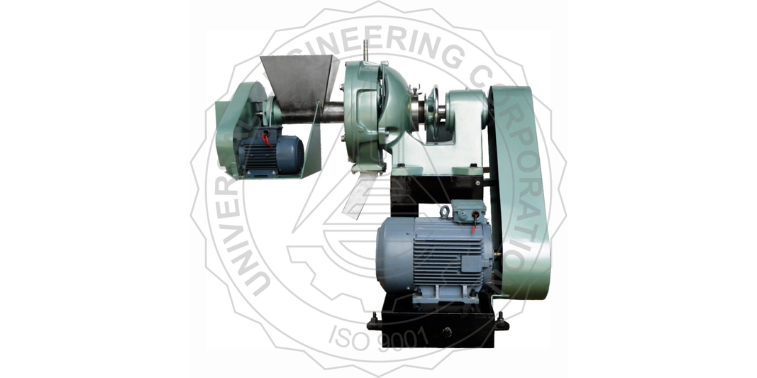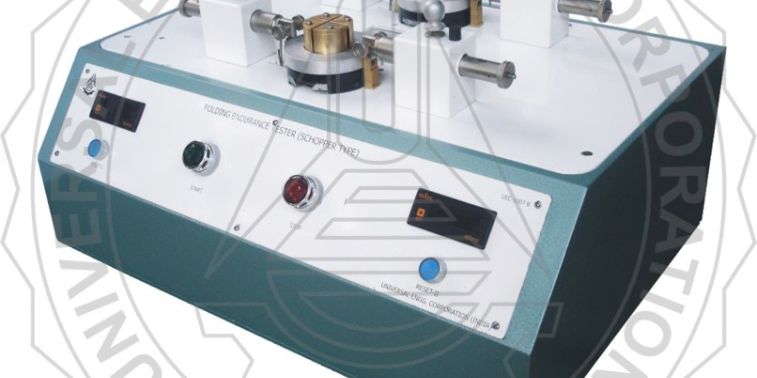
You might have heard of high-quality pulp and papers. However, you might not know what works best to improve the pulp strength so that high-quality paper can be produced. The following article lists the ways to control essential factors and improve the pulp strength. Let’s look at them.
Essential Ways to Improve Pulp Strength
Choose the right type of pulp.
The structure and chemical composition of pulps are different. To improve the paper strength, pulps of high fiber adhesion must be chosen. Usually, the fiber adhesion of chemical wood pulp is the highest while that of cotton pulp is lesser than that of wood pulp, and the fiber adhesion of mechanical wood pulp is the lowest. Thus, for improved pulp strength, manufacturers must opt for better types of pulps, and conduct the pulping process in the lab disc refiner.
Manage the following factors:
- Effect of cellulose
For better fiber adhesion, the length of cellulose must be controlled or cut in appropriate lengths. This is because when the lengths are long, fibers observe high polymerization levels. Once beaten via a pulp beater, the fibers are difficult to cut. Hence, the length must be maintained for improved pulp strength. Manufacturers make use of the Bauer McNett Fiber Classifier to determine the distribution of fiber lengths in the pulp.
- Effect of hemicellulose
Pulps that are high in hemicellulose absorb water and swell very easily during the beating process. This increases the surface and binding area of fibers and enhances their binding force, thus, improving the pulp strength.
- Effect of Lignin
Manufacturers must also control the effect of lignin. Pulps containing more lignin are difficult to beat, and thus the binding force of the fiber remains inadequate. Due to the poor strength of the pulp, the tensile strength and resistance to breaking also reduce.
- Impact of Additives
When papermaking additives such as starch, vegetable gum, protein, etc. are added to the pulp, the fiber adhesion increases. A combination of these substances makes the pulp high in strength. On the other hand, the addition of substances like inorganic fillers and alum reduces the fiber adhesion and the overall strength of the pulp suffers.
- Influence on the process of paper-making
The choice of paper-making processes and equipment is another factor in increasing the strength of the pulp. Choosing the right Pulp Beater, Freeness Tester, Air Bath Digestor, Disintegrator, and other pulping instruments can save manufacturers from making low-strength paper.
To get more information on the pulp-making and testing process and the instruments required to perform these procedures, connect with UEC’s experts.
UEC specializes in the manufacturing and design of a range of pulp testing equipment. This is why many paper manufacturers are associated with UEC and recommend its steadfastness.
If you’re a paper manufacturer, it is time to invest in high-performing instruments to stay ahead of your competitors. Invest in testing equipment from UEC today by dropping your inquiries or requesting a demo on our official website: www.uecin.com


